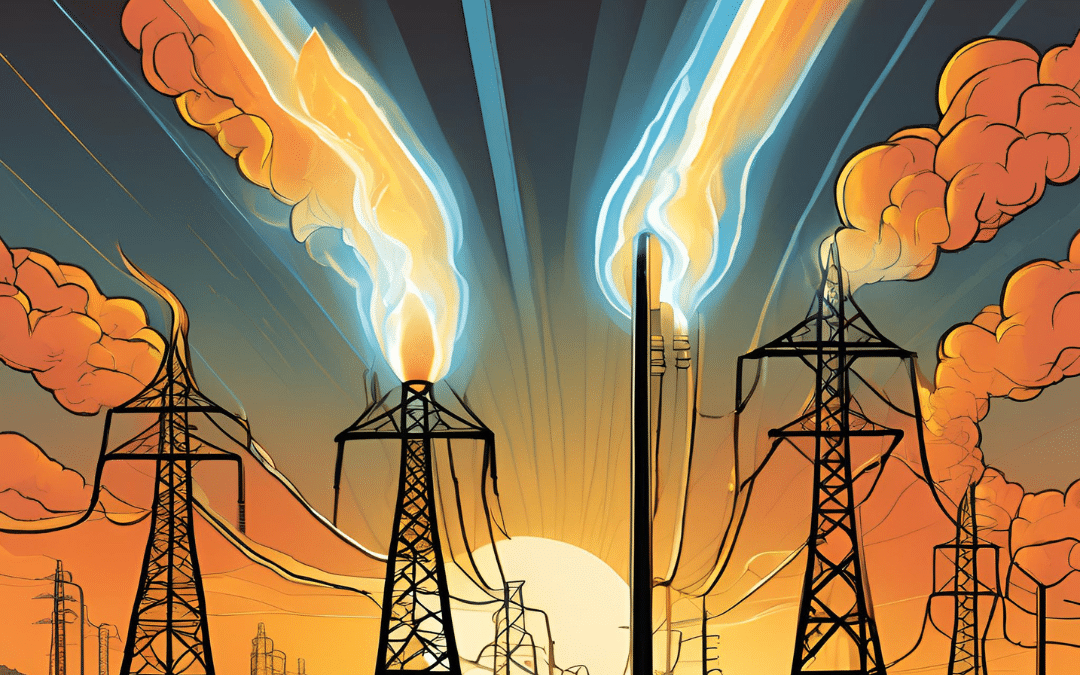The Squeeze: Understanding Rising Utility Costs for American Households
In recent years, American households have been grappling with a significant and often challenging trend: rising utility costs. From electricity and heating to water and internet services, the expenses associated with basic utilities have been steadily climbing, impacting budgets and prompting a reevaluation of daily energy consumption. Let’s delve into the factors contributing to this trend and explore how it affects the average American family.
Before we get started, FACT HVAC is your go-to HVAC company in Tempe for all your air conditioning and heating needs.. Whether you’re looking for repairs, proactive maintenance, or a new energy efficient system, we have you covered! We give you fact-based solutions without the inflated pricing and we make it easy to get service with online scheduling. Simply click here to schedule now!
Factors Driving Up Utility Costs
Several factors contribute to the increase in utility bills across the United States:
- Energy Prices: Fluctuating global energy prices directly influence the cost of electricity and heating fuels. As demand rises and geopolitical tensions affect supply chains, consumers often bear the brunt of these market dynamics.
- Infrastructure Investments: Aging infrastructure requires continuous maintenance and upgrades. Utility companies pass these costs on to consumers, aiming to ensure reliable service and comply with environmental regulations.
- Regulatory Requirements: Environmental regulations, aimed at reducing carbon emissions and promoting sustainable energy sources, often lead to higher costs initially as utilities invest in cleaner technologies.
- Extreme Weather Events: Climate change has intensified weather patterns, leading to more frequent and severe storms, heatwaves, and cold snaps. These events strain utility systems, necessitating repairs and adaptations that drive up costs.
- Population Growth: Urbanization and population growth increase the overall demand for utilities, placing stress on existing infrastructure and driving up operational costs for utility providers.
Impact on Household Budgets
For many families, rising utility costs mean making tough decisions about monthly expenses. Here are some common impacts:
- Budget Adjustments: Households may need to allocate more of their income to cover utility bills, reducing discretionary spending on other essentials or activities.
- Energy Efficiency Investments: Some families invest in energy-efficient appliances, insulation, and renewable energy sources to mitigate costs over the long term, though initial investments can be substantial.
- Financial Strain: For low-income households, higher utility bills can lead to financial strain, potentially affecting overall quality of life and forcing difficult trade-offs.
- Housing Affordability: Rising utility costs can exacerbate issues of housing affordability, especially in regions where rental prices or mortgage payments are already high.
Steps Toward Mitigation
While the challenges posed by rising utility costs are significant, there are steps individuals and policymakers can take to mitigate their impact:
- Energy Conservation: Simple habits like turning off lights, using energy-efficient appliances, and adjusting thermostat settings can lower consumption and reduce bills.
- Government Support: Programs like Low-Income Home Energy Assistance Program (LIHEAP) provide financial assistance to eligible households struggling with high energy bills.
- Investment in Renewable Energy: Supporting renewable energy sources and technologies can reduce reliance on fossil fuels over time, potentially stabilizing or lowering future energy costs.
- Education and Awareness: Educating consumers about energy usage and efficiency empowers them to make informed decisions that can lower their utility bills.
Looking Ahead
As we look to the future, the challenge of balancing affordable utility services with environmental sustainability remains crucial. By understanding the factors driving up utility costs and taking proactive steps to manage energy consumption, households can navigate these challenges more effectively.


